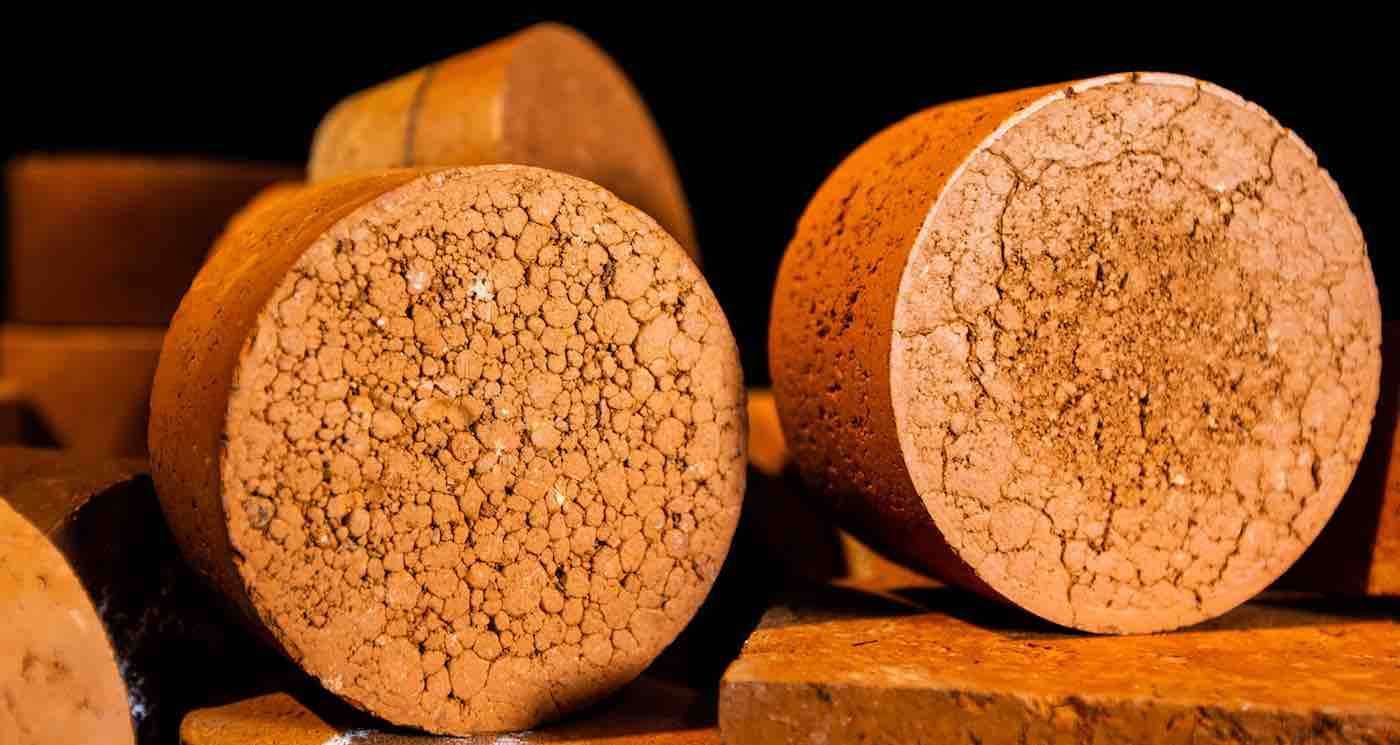Human Appetite Suppressant Shown to Also Work on Mosquitos - and It Could Make Them Safer for Everyone
Researchers have discovered a way to make mosquitos feel more satisfied - and it could prevent thousands of infections around the world.

Australian scientists have come up with an ingeniously "crappy" way to recycle treated sewage sludge and turn it into bricks.
Biosolids are leftovers from the wastewater treatment process that can be used as fertilizer, in land rehabilitation, or as a construction material.
Around 30% of the world's biosolids are stockpiled or sent to landfill, using up valuable land and potentially emitting greenhouse gases that would damage the environment.
Now a team at RMIT University in Melbourne, Australia, has demonstrated that fired-clay bricks incorporating biosolids could be a sustainable solution for two industries at once.
Published this month in the journal Buildings, the research showed how making biosolid bricks only required around half the energy of conventional bricks. As well as being cheaper to produce, the biosolid bricks also had a lower thermal conductivity, transferring less heat to potentially make buildings cooler in the summer.
About 5 million tons of the biosolids produced in Australia, the EU, US, and Canada currently go to landfills or stockpiles each year. The study determined that using a minimum 15% biosolids in 15% of bricks produced today could totally use up this 5 million tons.
Lead investigator Associate Professor Abbas Mohajerani said the research also tackled the excavation of soil required for brick production.
"More than 3 billion cubic meters of clay soil is dug up each year for the global brickmaking industry, to produce about 1.5 trillion bricks," said Mohajerani, a civil engineer in RMIT's School of Engineering. "Using biosolids in bricks could be the solution to these big environmental challenges."
The research examined the physical, chemical and mechanical properties of fired-clay bricks incorporating different proportions of biosolids, from 10 to 25%.
The biosolid-enhanced bricks passed compressive strength tests and analysis showed that heavy metals stayed largely trapped within the brick. Additionally, bricks that only contained 25% biosolids required about half as much energy as their ordinary counterparts due to the organic content of the biosolids, implying that they could considerably reduce the carbon footprint of brick manufacturing companies.
"It's a practical and sustainable proposal for recycling the biosolids currently stockpiled or going to landfill around the globe," said Mohajerani.
(Source: RMIT University)
Build Up Some Positivity With Your Friends By Sharing The Good News To Social Media – Photo by RMIT University
Be the first to comment